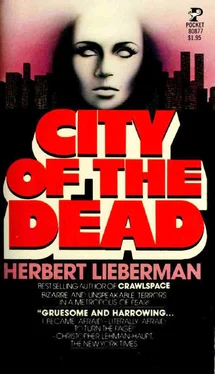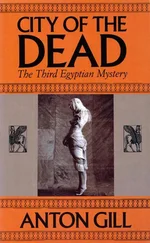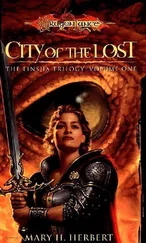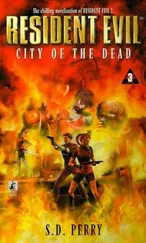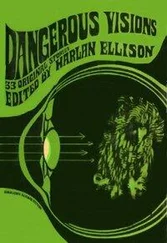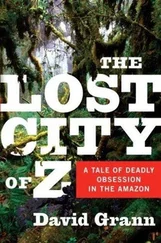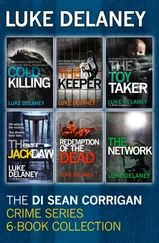He had taken that route many times in the past five months. Always choosing to walk, no matter how weary, rather than ride. Drawn there irresistibly, as if on some invisible leash. Prowling streets. Eyes searching out shadowy alleys, doorways reeking of urine, trying to pierce the dirty brown brick of turn-of-the-century tenement buildings fallen on hard times. Wanting to see past the people on the stoops to the dark, noisome halls beyond, where malicious strangers often lurked, and on into the tiny, inhuman cubicles with the trapped, hapless occupants huddled in the dark, fetid corners. Somewhere in that squalid maze, he is certain, his lost child cowers.
He is moving now as if through a dream on a tide of churning humanity—stray dogs, squalling urchins, the immense and suffocating stench of outdoor fish stalls, bodegas, and costermongers. A grayish, greasy curtain billows outward from an open ground-floor window, carrying with it the smell of fried fish and moldy upholstery. Konig glances up, seeing a fat, antiquated lady with a wen on her nose drowsing at the sill on great beefy arms, head nodding on her chest. A sleeping sibyl. Perhaps he might take himself to her, present votive offerings, seek oracular guidance. “Where should I go? What must I do? How can I get back to where I was?”
He often thought that if he could give himself up to magic and the local wizards, to beads and talismans, all would go well. He would go to an astrologer, chew macro biotic foods, contemplate Zens koans—anything. If only he could get past this corrosive cynicism, shrive himself of the hubris of forty years of weights and measurements to reach some blessed little green oasis of hope, he might yet save himself.
In Chinatown he pauses to look in a window full of pressed ducks hung on wire nooses, heads lolling grotesquely sidewards; then another window crammed with jars and canisters of dried herbs behind which a wizened septuagenarian mandarin in a black skullcap smiles quietly back at him.
He turns, dispirited, and lurches quickly on.
1:45 p.m. Manhattan Criminal Courts Building.
Seedy, decrepit halls, reeking of refuse and bureaucratic neglect; a causeway of vagabonds and mendicants, victims and offenders, rubbish and court magistrates.
Konig is fifteen minutes early. He limps into one of the judges’ lounges which he, as a lofty municipal officer, is entitled to use. The place is empty, the only trace of magistrates being the lingering fog of expensive cigars, the smell of cracked and ancient leather in a room where the soiled, bird-spattered, windows have not been opened for decades.
Wincing, Konig hoists his aching leg onto a camel hassock and pops a Valium. Court makes him nervous; interrogation causes queasiness in him. Question and answer, innuendo, recrimination and threat, the beady eye of the prosecutor, the muffled sob of grieving litigants. After years of civil courts and grand juries, Konig still arrives at court like a novitiate, struck with awe and wonder at all the casuistry and outright lying, the wheedling, oily words of clever men, the near certainty that justice won’t be served.
Just enough time now for him to study his notes, review his protocol in preparation for the inquisition. Printed in medical and forensic journals, translated into a dozen languages, Konig’s protocols are world-renowned. He has filled three volumes with them and they have been the subject of lengthy transoceanic correspondences carried on with an international community of scholars and specialists—people who come to him for the final word—for he is, in his chosen field, the court of last resort.
Written in the style of Professor Virchow, Prosector of the Dead House of the Berlin Charite Hospital during the last half of the nineteenth century, Konig’s protocols are marvels of precision and lucidity. They are without literary pretensions, neither eloquent nor graceful; merely a recitation of naked, unembellished facts, dreary when taken individually, but staggering in their remorseless cumulative drive toward final truth.
Konig’s eyes now begin to scan his protocol.
CASE BENJAMIN WILTON
This is the body of a generally well-developed white male. Appears to be that of man twenty years of age, height 1.65 meters. Gunshot wound of head. Death in eighteen hours from edema of lungs. On autopsy, entrance of bullet is found to be above left eyebrow. The track of it runs from left frontal lobe to right occipital lobe of brain. Extensive edema of the lungs. Numerous unrelated manifestations: dilations of aortic arch; endocarditis mitralis; herpes zoster; chylification of intestines.
B.W. aged 21. Occupation at time of death: car salesman, but known trafficker in addictive drugs. No signs of drug use or addiction present on body. Shot through the head with small handmade pistol, caliber .38, above middle of left eyebrow. Unconscious on arrival at hospital—6 p.m.—Jan. 3, 1974. Breathing stertorous; pulse scarcely perceptible; blood pressure 60 systolic over 30 diastolic; urine passed involuntarily; loud tracheal rales; heart sounds barely audible; no albumin or sugar in urine; left pupil larger than right. Periodic exudation of grayish-white matter from the wound. At midnight, pulse had risen somewhat; respiration still stertorous though a little easier. Early the following morning the man’s condition showed marked deterioration. He died at noon.
Postmortem examination (occupying two hours and three-quarters) Jan. 4, 1974.
EXTERNAL EXAMINATION
1. Body generally pale in color. Flanks, scrotum, and glans of a uniform reddish-purple.
2. On turning the body over, a large quantity of yellowish-brown fluid containing dark-brown particles escapes from the mouth.
3. Rigor mortis marked in extremities and muscles of the neck. Slight cadaveric odor perceptible.
4. Hair of head abundant, curly, dark brown. Beard full; hair on right side of head stained red; much matted together and roots covered with dry, clotted blood.
5. On the forehead, directly above middle of left eyebrow, a small, blackish bullet hole, 9 millimeters in diameter, with a narrow rim of reddish-brown abraded skin surrounded by a halo of powder tattoos to a radius of 10 centimeters.
6. Eyelashes dark brown; pupils round; irises pale grayish-blue. Front teeth perfect, of brownish cast. Molar teeth defective and carious. Teeth tightly clamped.
7. Eyelids partially closed; corneas firm and transparent. Nostrils filled with large quantities of dried blood.
8. Hands large; nails long and bluish, edges compacted with thick black dirt. Neck not easily movable. Abdomen somewhat scaphoid.
9. Penis small, much contracted; very little prepuce; no cicatrix of any kind perceptible. What remains of the prepuce dark red and rather dried. Scrotum small and wrinkled. Some appearance of blood externally on both sides.
10. The parts about the anus much soiled with brown excrement. The anus closed.
A fly buzzes somewhere in the room. Konig’s head snaps up as if he’d been abruptly summoned. Something like the sensation of a long needle passing up the length of his spine transfixes him to his seat. He feels a cold tingling at his scalp and suddenly he is filled with a creeping sense of prescience.
“ Come on, Lolly. Come on, honey. Walk to Daddy.”
“Paul, how can you expect the child to walk? She’s barely ready to crawl .”
“ She’ll walk—she’ll walk for me. Just watch her. ”
The fly buzzes through the finger loop of the shade and proceeds to dance up the frayed length of the attached string. Konig’s eyes fasten on the fly’s progress as if hypnotized, but it’s not the fly he sees; he’s string at something quite far beyond it.
Читать дальше
